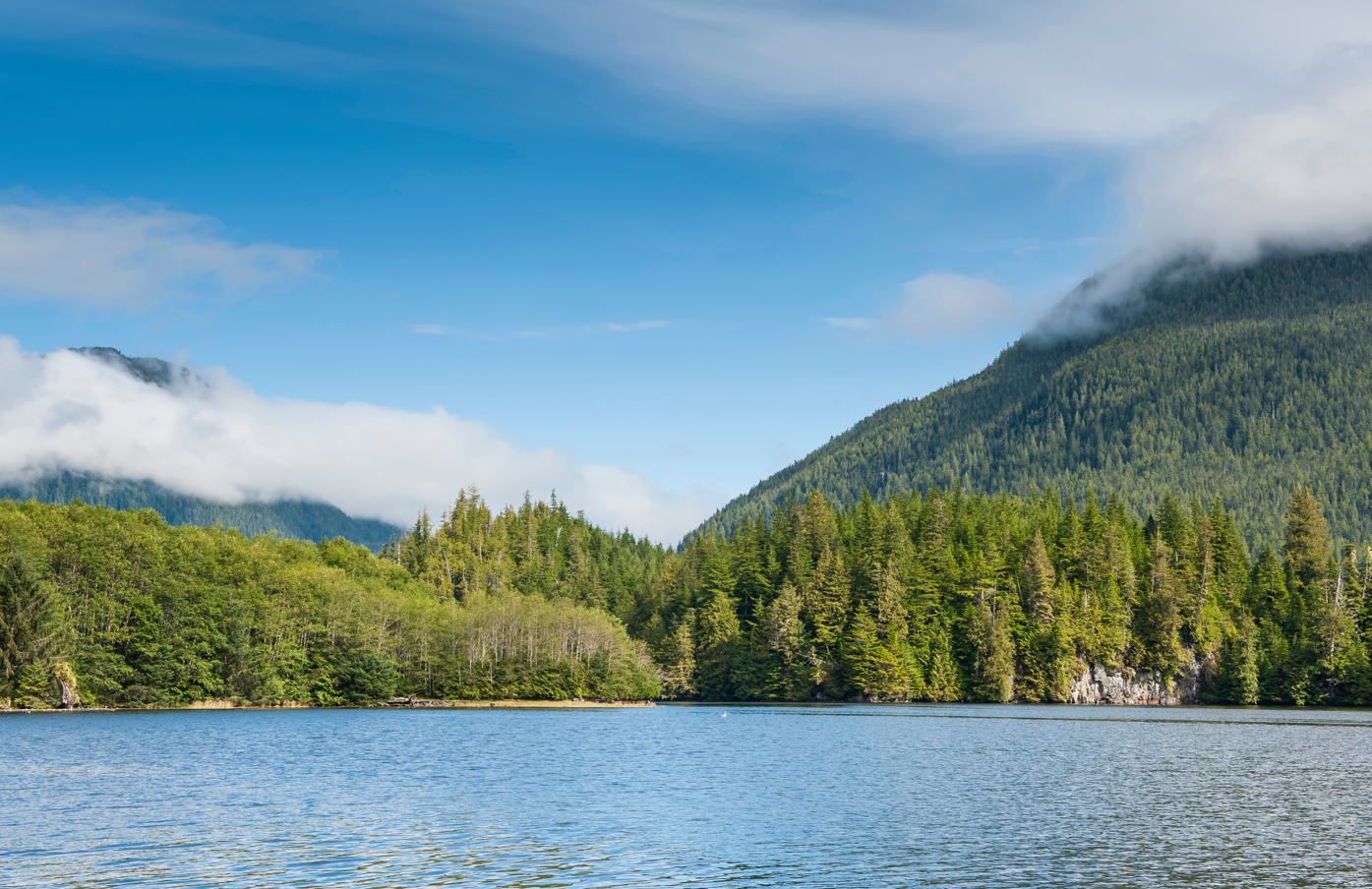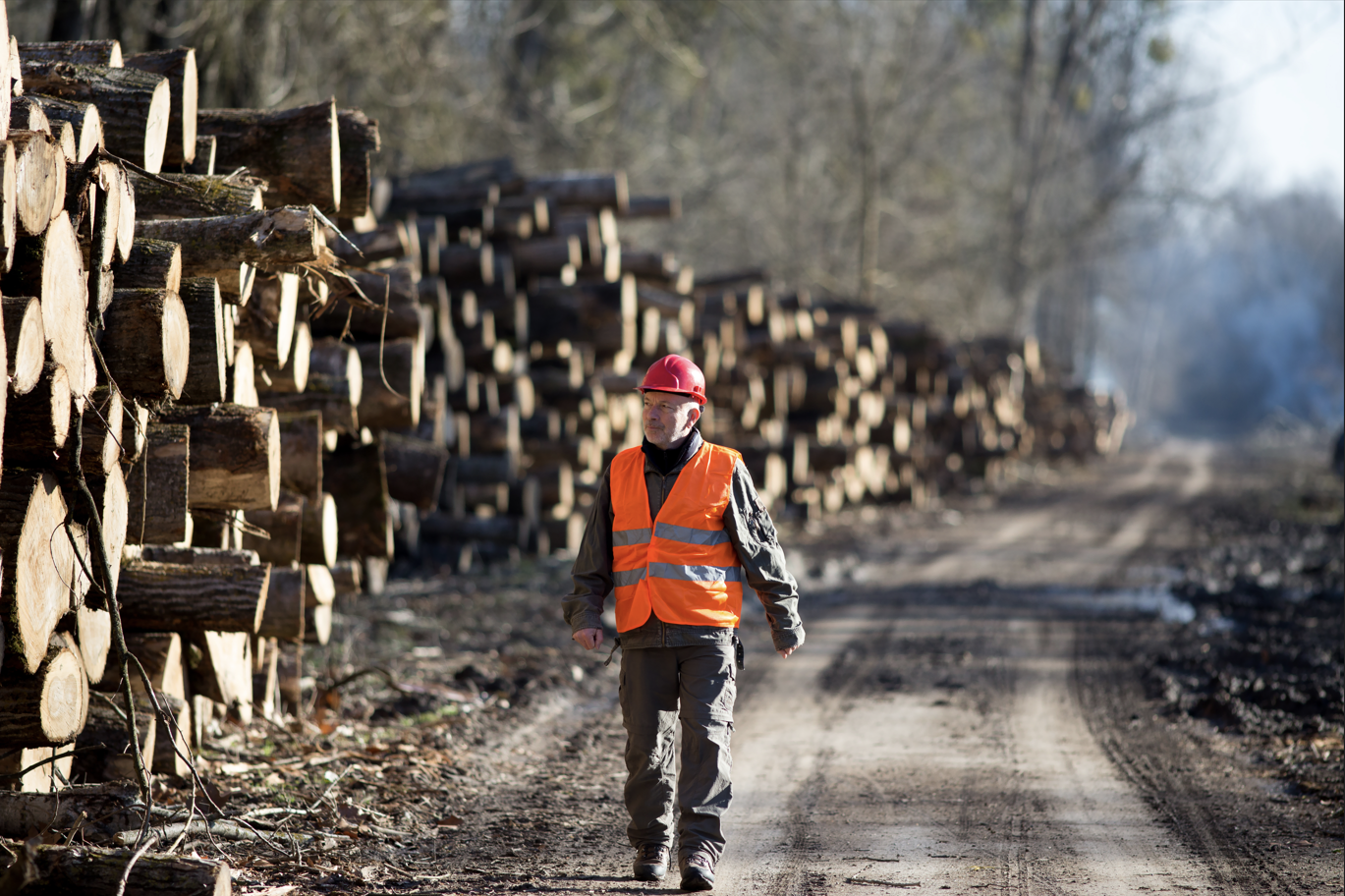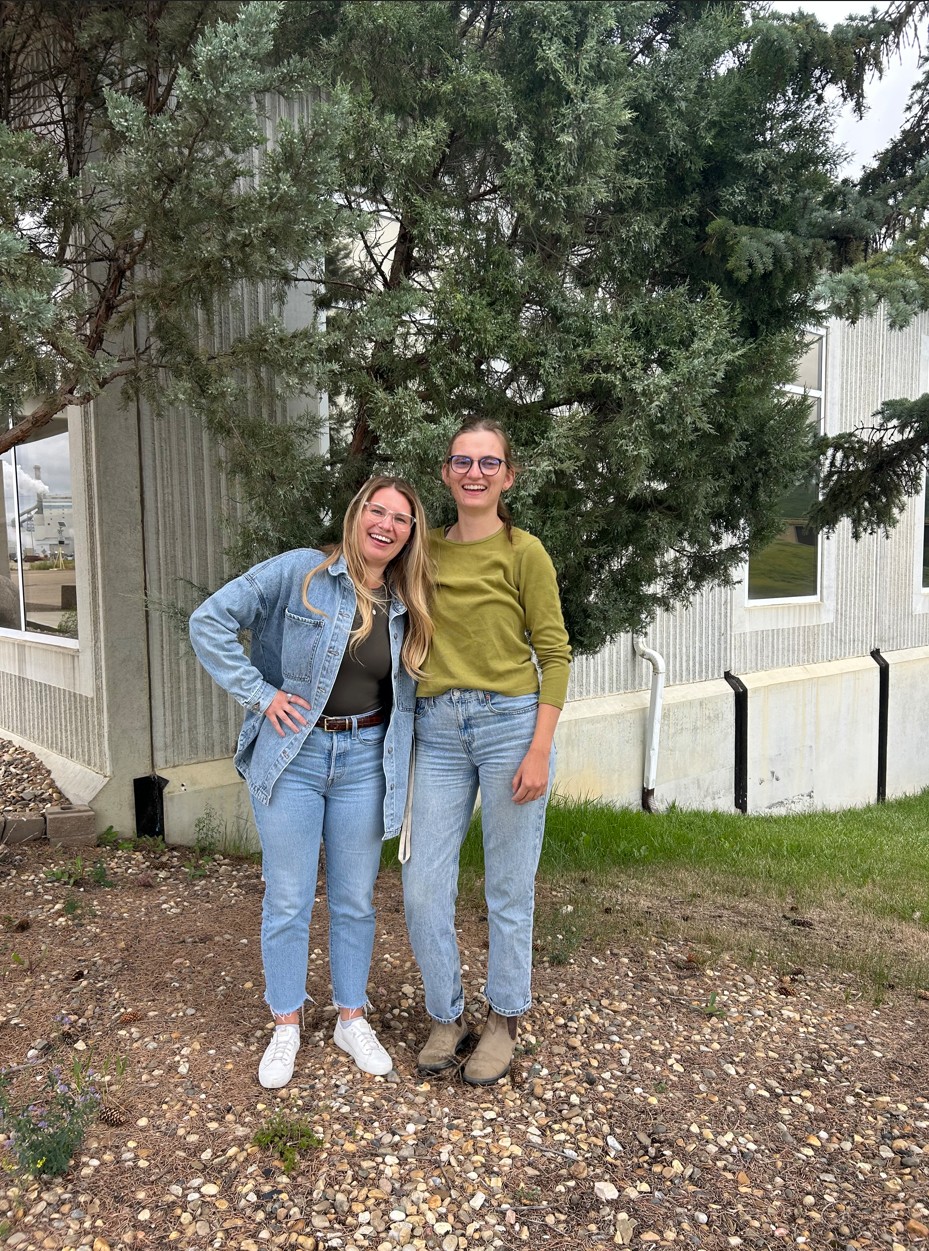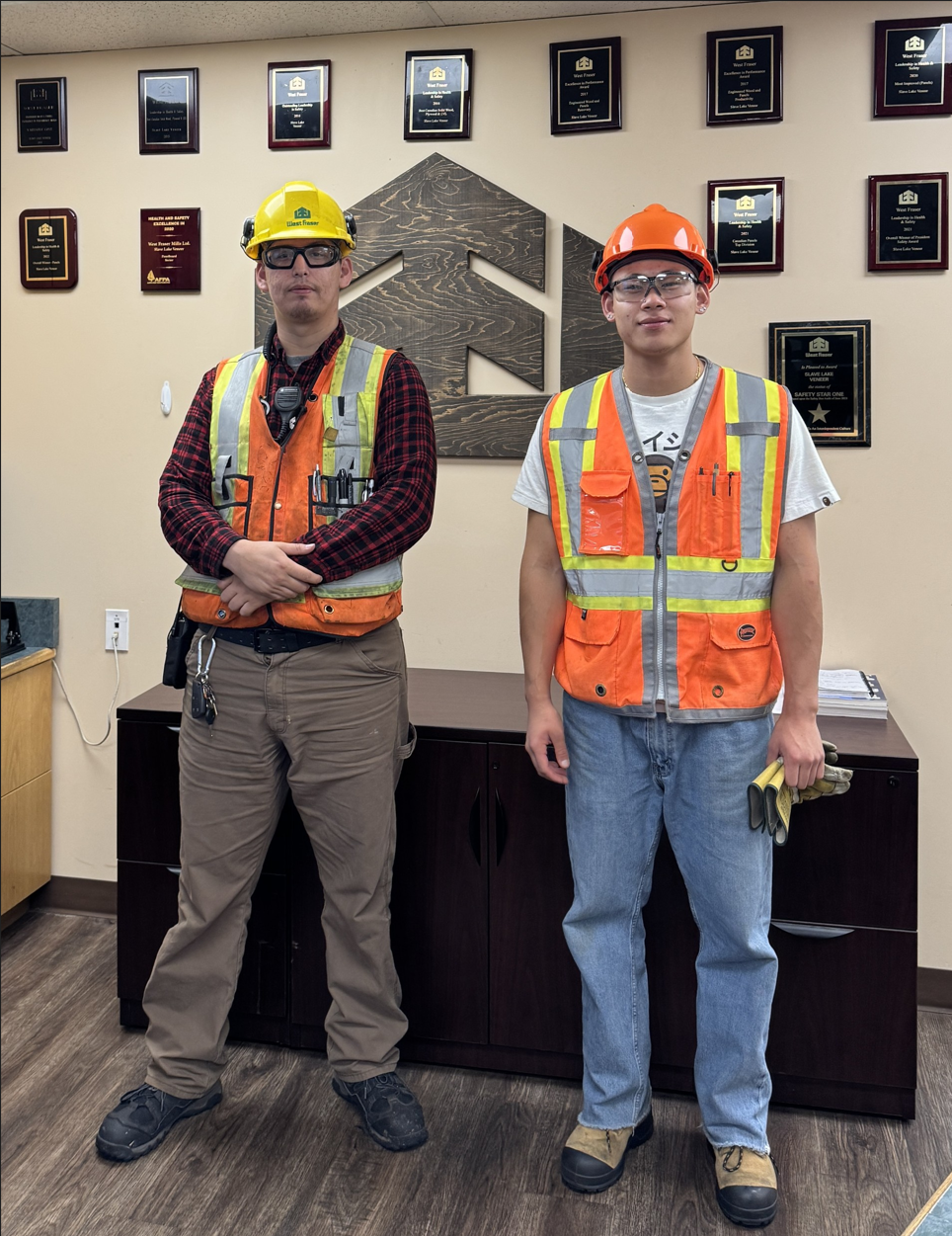Fibre entering Interfor’s Adams Lake mill is looking a little different this year due to the 2023 Adams Lake wildfire last August. Lots of salvaged burnt timber has been in the mix of fibre supply from our new and existing cut blocks.
On Friday July 19th, I had the opportunity to get out of the mill and hit the Forest Service Roads with one of our Logging Supervisors. I was toured through a few of our in process cut blocks and standing timber future cut blocks. I had the opportunity to briefly learn the logging process and learn all about burnt fibre and how it is recovered. We also fit in some quality control, measuring lengths and tops of 14’, 16’, 20’ logs freshly cut from the processor operator.
.jpeg)
We spoke to the process operator, and we were informed he was recovering an average of 500m3 of burnt fibre a day. While a truck of logs is approximately 50m3. That would mean roughly ten trucks of burnt logs are being salvaged in one day from one operator.

What to take away from burnt fibre logging and milling? Burnt fibre obviously isn’t ideal but can be recovered if it is logged and milled in the right time frame. As long as the timber is only bark burnt and not burnt to the grain, the fibre is still good. When taking a fast approach to salvaging the burnt fibre in which we are, roughly only 6% will be pulp logs while the rest will be saw logs. If the fibre is not taken advantage of quick enough, those numbers start to reverse. Checking, rotting, and wormholes are a few reasons for that.

Species of the fibre has to also be taken into account. As Cedar is a softer and dryer fibre compared to Fir, Hemlock, and Spruce. Cedar is the biggest concern when it has been through a wildfire or sits in a drought as the heat checks the wood very quickly, resulting in a log that can’t be sawn into a dimensional board.

Burnt logs contain a high black carbon content, which put off high dust content. This isn’t ideal for the processing machines in the bush or the mill itself. However, with proper ventilation and dust collection systems, it is safe.

Wildfires are a natural and reoccurring event for the Interior of BC. With that being said, wildfires are actually healthy for the longevity of the forest. Forest floors are opened up and turn “green” very quickly. Resulting in healthy rehabilitation for insects and regrowth of plants, and even some species of trees.
I learned a few different factors that are taken into account when not just logging a burnt cut block but any ordinary cut block also. For example, various trees are left with high stumps for rehabilitation of insects and birds and slash piles are made for critters.











.jpeg)

